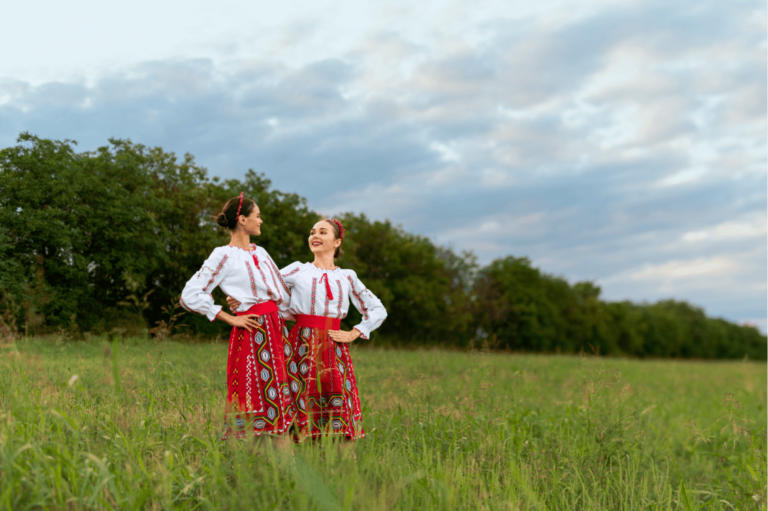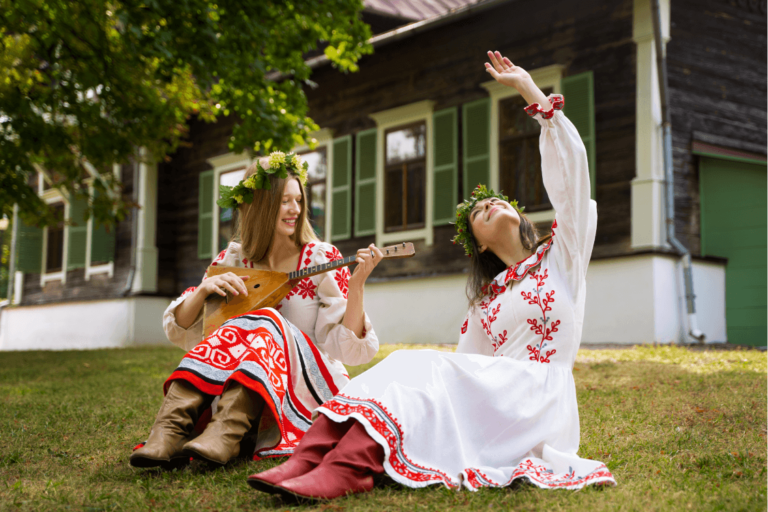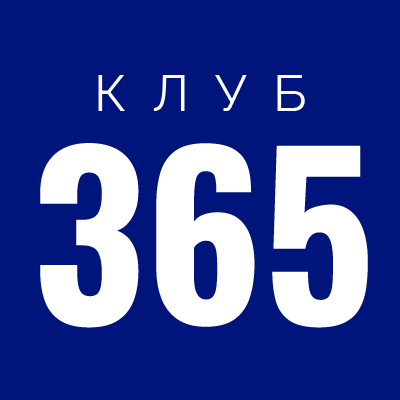
Learning Russian Through Music and Movies
Diving into the Russian language doesn’t have to be confined to textbooks and classrooms. Immersing oneself in Russian music and movies can be an enjoyable

Diving into the Russian language doesn’t have to be confined to textbooks and classrooms. Immersing oneself in Russian music and movies can be an enjoyable

The Russian language, with its rich history and cultural depth, has left an indelible mark on many languages around the world. This influence can be

The Russian language occupies a unique and vibrant space on the internet, reflecting its rich cultural heritage and the tech-savviness of its speakers. With over

The Russian language, with its rich history and cultural depth, is one of the most fascinating and complex languages in the world. Tracing its origins

Mastering verb conjugations is crucial for anyone learning Russian, as it forms the backbone of being able to communicate effectively in the language. This simple

The Test of Russian as a Foreign Language (TORFL) is a standardized exam designed to assess the Russian language proficiency of non-native speakers. Whether you

Slang plays a vibrant role in the Russian language, reflecting the dynamism of everyday speech and the cultural nuances of society. For learners of Russian,

Russian folk tales, steeped in the country’s rich cultural and historical tapestry, offer a fascinating window into the soul of Russia. These tales are not

Learning Russian can be a rewarding yet challenging endeavor for English speakers. The linguistic leap from English to Russian involves navigating through a series of
